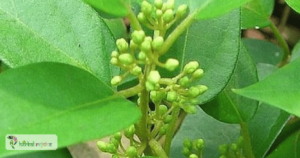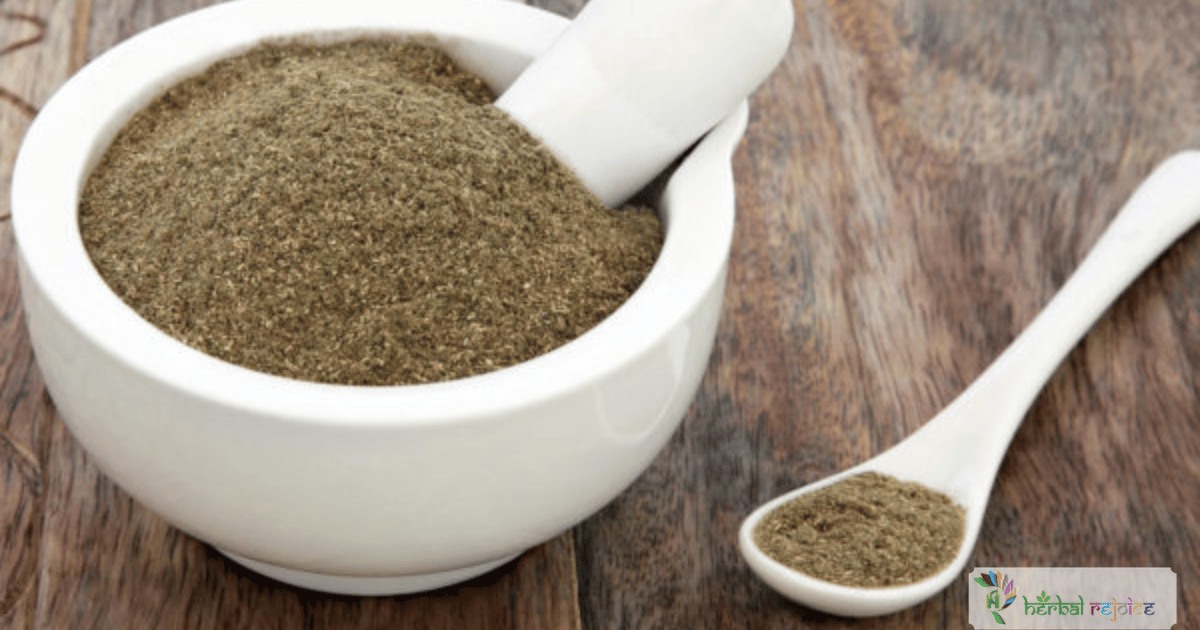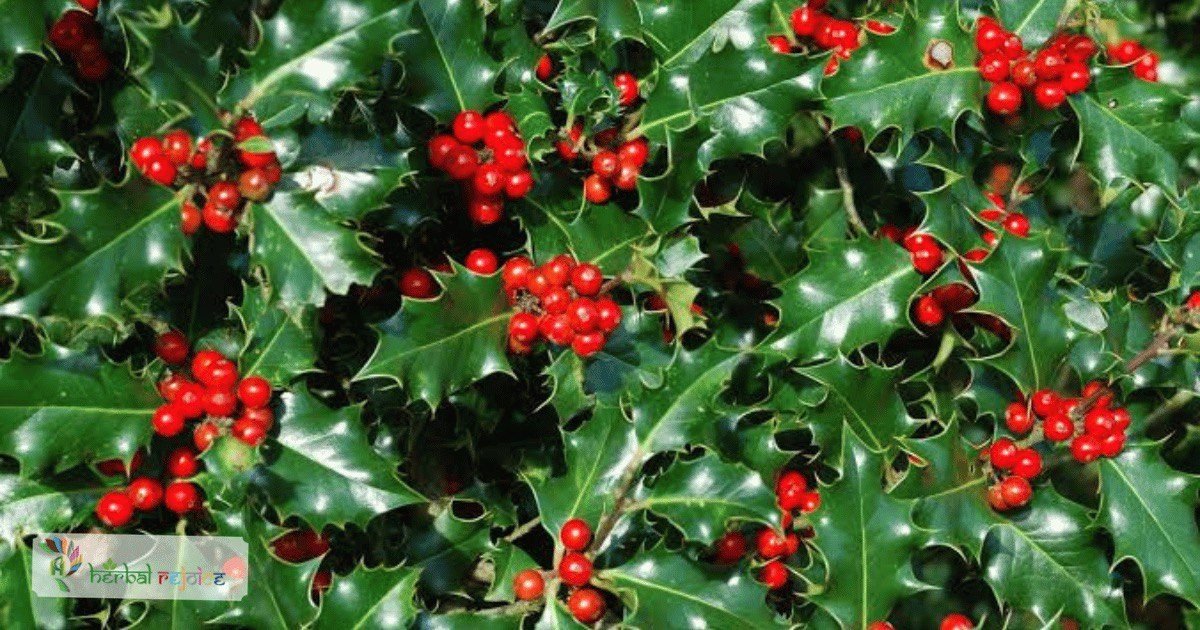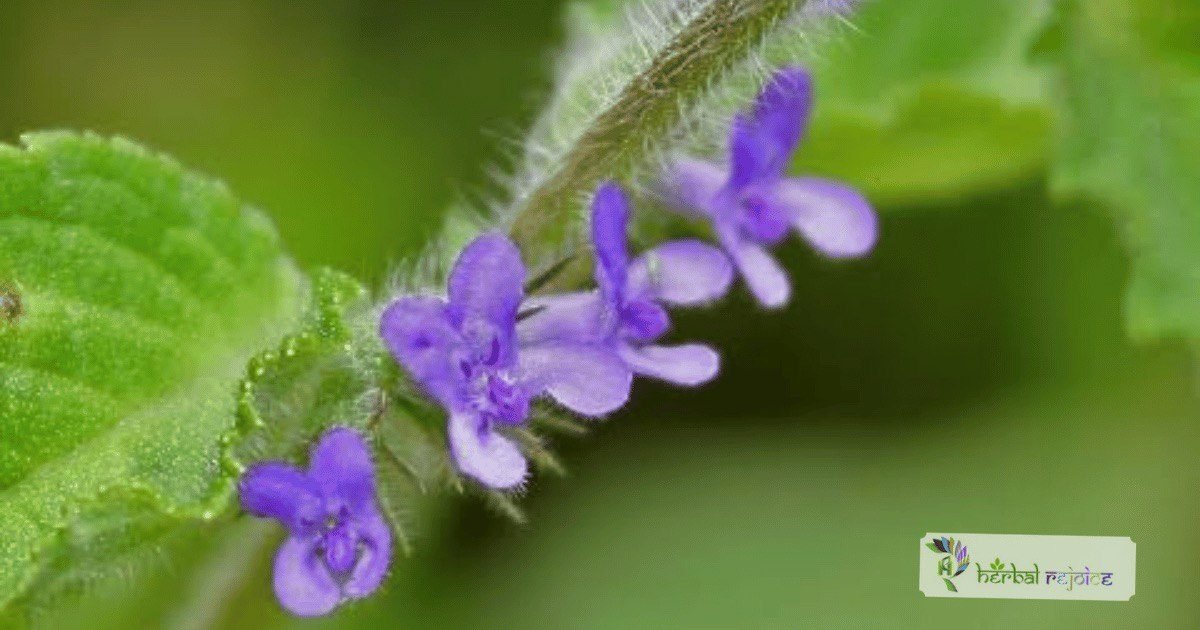Introduction
Gymnema sylvestre B. Br., also known as Australian Cow Plant or Ipecacuanha (Indian), is a medicinal plant found in Central and Peninsular India. It belongs to the family Asclepiadaceae. Gurmar stimulates the heart and circulatory system and activates the uterus. It is used to treat distorted taste sensation, diabetes, and skin infections.
Gurmar – Potent Remedy For Skin Infections

Names and Habitat Of Gurmar
In Ayurveda, it is called Meshashringi, Meshavishaanikaa, Meshavalli, Chhaagalshrngi, and Ajashringi (also associated with Dolichandrone falcata and Pergularia extensa). Unani medicine refers to it as Gurmaar Buuti, while in Siddha/Tamil, it is known as Kannu Minnayamkodi, Passaam, and Shirukurinja.
Traditional Uses Of Gurmar
Gymnema sylvestre has various medicinal properties. The leaf of this plant is known for its antidiabetic effects. It stimulates the heart and circulatory system and activates the uterus.
It is also used to treat parageusia (distorted taste sensation) and furunculosis (skin infection).
The plant as a whole has diuretic and antibilious properties. The root, specifically, has emetic, expectorant, astringent, and stomachic qualities.
Chemical Constituents Of Gurmar
The main active compound found in the leaves of Gymnema sylvestre is gymnemagenin. This sapogenin is responsible for the plant’s medicinal properties.
Gymnemic acids, which are derived from gymnemagenin, are known for their ability to reduce the perception of sweetness and inhibit plasma glucose levels.
In fact, consuming the extract of dried leaves for 8 weeks resulted in blood glucose regulation and increased serum insulin levels in diabetic rats.
Furthermore, it also controlled the increase in glycoprotein levels, which can lead to complications such as nephropathy, retinopathy, and angiopathy.
Additionally, Gymnemic acid, one of the active compounds in the plant, has been found to inhibit melanin formation and dental plaque formation in vitro.
Role of Gurmar In Reducing Cholesterol
Apart from its anti-diabetic effects, the leaf extract of Gymnema sylvestre has also shown promise in reducing serum triglyceride and total cholesterol levels in hyperlipidaemic rats.
When administered orally, the extract exhibited a dose-dependent reduction in these elevated lipid levels.
In fact, the extract’s efficacy in reducing cholesterol was comparable to that of the lipid-lowering agent, clofibrate, making it a potential treatment for atherosclerosis.
Gurmar In Alternative Medicine
In alternative medicine, Gymnema sylvestre is also used in homeopathy to treat both diabetes mellitus and insipidus. The leaves and roots are used to prepare a drug that is prescribed for these conditions.
Dosage
The recommended dosage of Gymnema sylvestre is 3-5 grams of powdered root or leaf, or 50-100 ml of decoction.
Conclusion
In conclusion, Gymnema sylvestre B. Br., known by various names in different traditional medicines, has been recognized for its antidiabetic properties.
Its ability to regulate blood glucose levels, reduce cholesterol, and inhibit complications associated with diabetes make it a valuable medicinal plant.
Furthermore, its potential in inhibiting melanin formation and dental plaque formation suggests additional uses for this plant in cosmetic and oral care products.
Frequently Asked Questions(FAQs)
What is Gymnema sylvestre?
Gymnema sylvestre, also known as Australian Cow Plant or Ipecacuanha (Indian), is a medicinal plant found in Central and Peninsular India. It belongs to the family Asclepiadaceae.
What are the traditional names of Gymnema sylvestre?
In Ayurveda, it is called Meshashringi, Meshavishaanikaa, Meshavalli, Chhaagalshrngi, and Ajashringi. Unani medicine refers to it as Gurmaar Buuti, while in Siddha/Tamil, it is known as Kannu Minnayamkodi, Passaam, and Shirukurinja.
What are the medicinal properties of Gymnema sylvestre?
Gymnema sylvestre has various medicinal properties. The leaf of this plant is known for its antidiabetic effects. It stimulates the heart and circulatory system and activates the uterus. It is also used to treat parageusia (distorted taste sensation) and furunculosis (skin infection). The plant as a whole has diuretic and antibilious properties. The root, specifically, has emetic, expectorant, astringent, and stomachic qualities.
What is the main active compound in Gymnema sylvestre?
The main active compound found in the leaves of Gymnema sylvestre is gymnemagenin. This sapogenin is responsible for the plant’s medicinal properties.
What are gymnemic acids?
Gymnemic acids are derived from gymnemagenin. They are known for their ability to reduce the perception of sweetness and inhibit plasma glucose levels.
Can Gymnema sylvestre be used to reduce cholesterol levels?
Yes, the leaf extract of Gymnema sylvestre has shown promise in reducing serum triglyceride and total cholesterol levels in hyperlipidaemic rats. When administered orally, the extract exhibited a dose-dependent reduction in these elevated lipid levels.
How does Gymnema sylvestre compare to clofibrate in reducing cholesterol levels?
The extract’s efficacy in reducing cholesterol was comparable to that of the lipid-lowering agent, clofibrate, making it a potential treatment for atherosclerosis.
Is Gymnema sylvestre used in alternative medicine?
Yes, Gymnema sylvestre is used in homeopathy to treat both diabetes mellitus and insipidus. The leaves and roots are used to prepare a drug that is prescribed for these conditions.
How does Gymnema sylvestre inhibit melanin formation?
Gymnemic acid, one of the active compounds in the plant, has been found to inhibit melanin formation in vitro.
Can Gymnema sylvestre inhibit dental plaque formation?
Yes, Gymnemic acid has also been found to inhibit dental plaque formation in vitro.
What is the recommended dosage of Gymnema sylvestre?
The recommended dosage of Gymnema sylvestre is 3-5 grams of powdered root or leaf, or 50-100 ml of decoction.
Is Gymnema sylvestre safe to consume?
As with any medicinal plant, it is recommended to consult with a healthcare professional before consuming Gymnema sylvestre.
Can Gymnema sylvestre be used as a substitute for diabetes medication?
Gymnema sylvestre should not be used as a substitute for prescribed diabetes medication without consulting a healthcare professional. It can be used as a complementary treatment, but medical advice should be sought.
Are there any side effects of Gymnema sylvestre?
Some individuals may experience mild gastrointestinal discomfort or allergic reactions when consuming Gymnema sylvestre. If any adverse effects are experienced, discontinue use.





